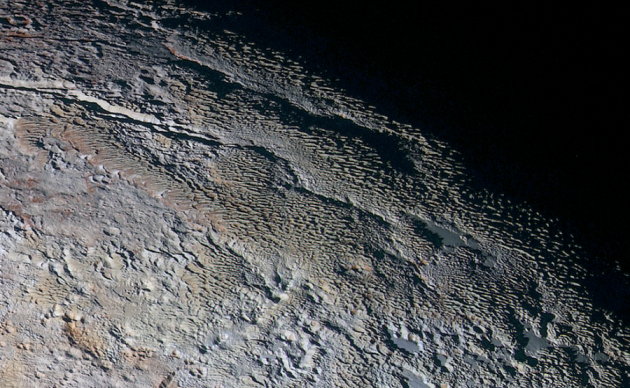Silahkan Pahami pertanyaan soal dibawah ini:
Ada 5 buah rumah yang masing-masing memiliki warna berbeda. setiap rumah
dihuni oleh satu orang pria dengan kebangsaan yang berbeda-beda. Setiap
penghuni menyukai satu jenis minuman tertentu, mendengarkan satu jenis
musik tertentu dan memelihara satu jenis hewan tertentu.
Tidak ada satupun dari kelima orang tersebut yang meminum minuman yang
sama, mendengarkan jenis musik yang sama dan memelihara hewan yang sama
pula seperti penghuni lainnya.
Pertanyaan:
Siapakah yang memelihara ikan? Bagaimana susunan lengkapnya
(kewarganegaraan, warna rumah, minuman, musik dan hewan peliharaan)
kelima pria tersebut?
Petunjuk:
1. Orang Inggris tinggal dalam rumah berwarna merah
2. Orang Swedia memelihara anjing
3. Orang Denmark senang minum teh
4. Rumah berwarna hijau terletak tepat di sebelah kiri rumah berwarna putih
5. Penghuni rumah berwarna hijau senang minum kopi
6. Orang yang mendengarkan musik Jazz memelihara burung
7. Penghuni rumah yang terletak di tengah-tengah senang minum susu
8. Penghuni rumah berwarna kuning senang mendengarkan musik jenis pop
9. Orang Norwegia tinggal di rumah pertama
10. Orang yang mendengarkan musik jenis klasik tinggal di sebelah orang yang memelihara kucing.
11. Orang yang memelihara kuda tinggal di sebelah orang yang mendengarkan musik pop
12. Orang yang mendengarkan musik rock senang minum coklat
13. Di sebelah rumah berwarna biru tinggal orang Norwegia
14. Orang Jerman senang mendengarkan musik hip hop
15. Orang yang mendengarkan musik klasik bertetangga dengan orang yang minum air
Solusi:
Pertama dari kondisi nomor 9 orang norwegia tinggal di rumah pertama,
dan dari no 14 sampingnya rumah biru dan nomor 8 rumah tengah minum susu
kita buat kondisi awal sebagai berikut.
Selanjutnya nomor 4 dan 5 rumah hijau di kiri rumah putih dan rumah
hijau minum kopi, berarti butuh dua slot warna kosong dengan slot kiri
minumannya kosong, pasang saja di tempat yang bisa seperti ini
Dari nomor 1 diberitakan bahwa orang inggris rumahnya merah. Yang negara
dan warnanya masih kosong ya di tengah. Lalu dari nomor 7 rumah kuning
menghisap dunhill, yang belum dicat hanya rumah orang norwegia, sok
atuh. Lalu di nomor 11 dimana disamping perokok dunhill ada pemelihara
kuda
Sekarang agak sedikit rumit, masih ada swedia, denmark, dan jerman. Si
swedia pelihara anjing, si denmark minum the dan jerman merokok prince.
Apa yang akan kita lakukan?? kita lihat di nomor 12 perokok blue master
minum bir, dan yang slot rokok dan minumnya kosong hanya swedia, maka
orang swedia minum bir, merokok blu master dan memelihara anjing,
otomatis yang ketiga slot ini masih kosong hanya di paling ujung yaitu
rumah putih
Selanjutnya tidak terlalu sulit, orang denmark minum the, bukan kopi
jadi dia tinggal di rumah biru dan memelihara kuda. Sementara orang
jerman merokok Prince, yang masih kosong hanya peminum kopi di rumah
hijau.
Langkah mudah selanjutnya adalah perokok pall mall memelihara burung di
nomor 6, dan ternyata dia orang inggris karena di slot yang kosong rokok
dan hewannya hanya disitu
Langkah terakhir nomor 10 perokok blend tinggal di samping pemilik
kucing dan dia juga bertetangga dengan peminum air pada nomor 15.
Perokok blends ini tak lain adalah orang denmark, dan peminum air yang
memelihara kucing tak lain orang norwegia.
Bagaimana Mengerti?
apakah anda termasuk 2% dari penduduk yang mengetahui jawabannya






